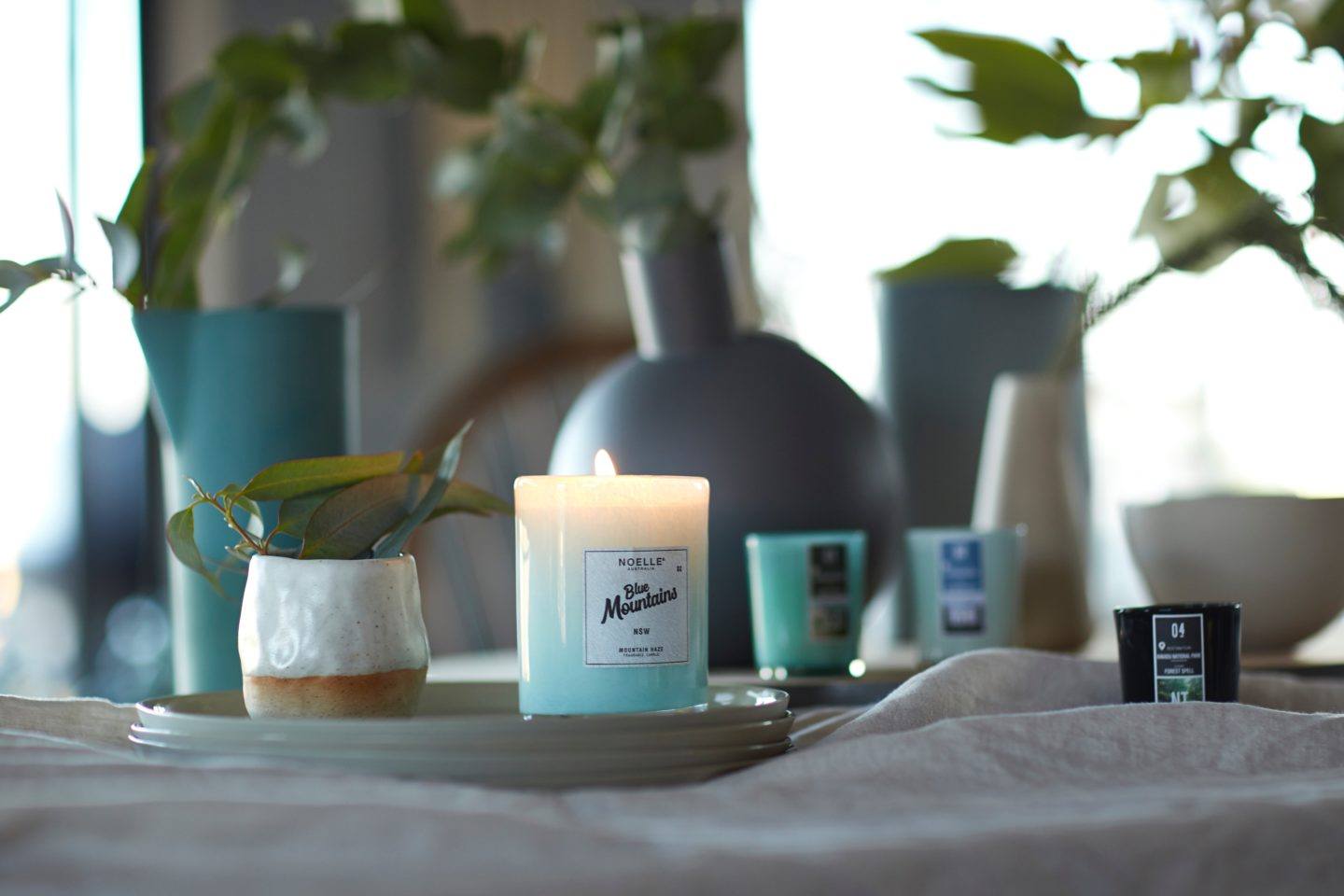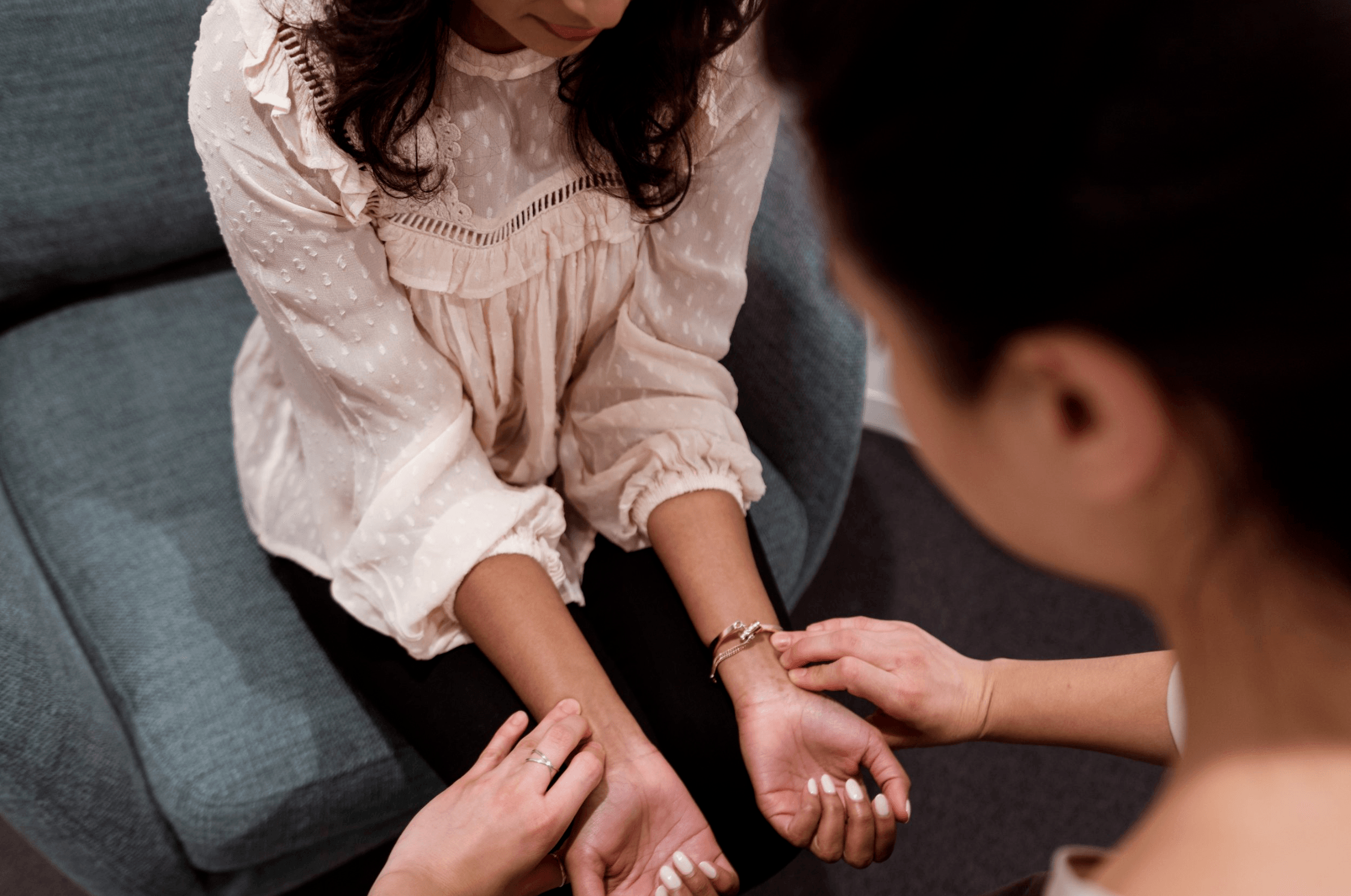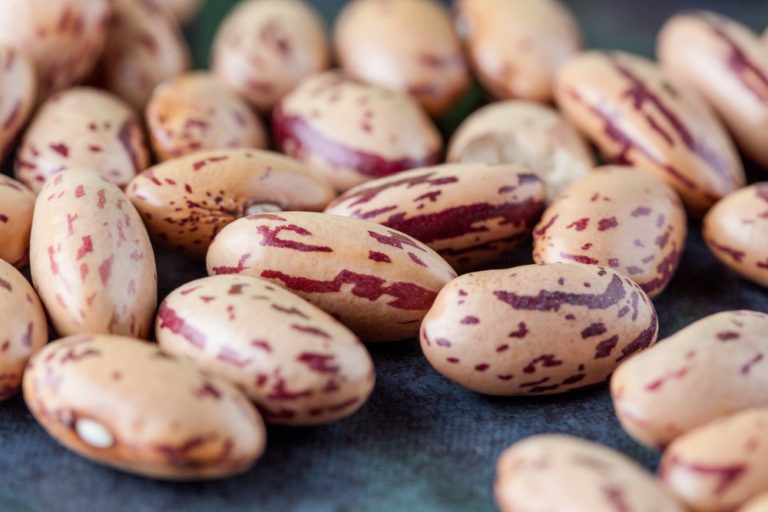The mindfulness trend continues to grow with numerous meditation groups across New York City and countless apps ready for download. This pursuit for peace is much needed in a fast-paced city of busy, high-functioning New Yorkers. For many of my patients who experience stress and anxiety, one of the main questions I ask is: “Do you have a meditation practice?” What I commonly hear is that many have tried but have had difficulty sticking to it, maybe because they felt they weren’t “good at it.” Well, meditation is not something one is automatically “good at” – it’s a practice. Just like a muscle, it takes time and effort to tone and build strength. I’ve found that acupuncture gives my mind and body a reference point for how to turn off and tune in. Like muscle memory, the body remembers the motions when it’s time to sit and quiet the mind.
Over the years, I’ve noticed similar experiences with acupuncture and meditation and have come to appreciate how they complement each other.
Breath
Both acupuncture and meditation work on the parasympathetic nervous system, the “rest and digest” functions of the body when you’re in relaxation mode. Before I leave the treatment room, I remind patients to take long exhales. This begins to settle the sympathetic nervous system (the “fight or flight” stress response) by toning the vagus nerve, our longest cranial nerve with parasympathetic fibers that branch into our organs. Breath awareness is a great tool for beginning meditators as deep breathing signals your system to slow down and enter a restful state.
Presence
Learn to sit with yourself and practice being in the here and now. Mindfulness helps us to become aware of our wandering minds so that we can bring our attention back to the present. Practice catching yourself when creating stories about the past or future, which can spiral anxious rumination. “Be here now” as the great dharma teacher Ram Dass said – this simple mantra has helped me to stay present in both meditation and acupuncture sessions.
Energy
Acupuncture stimulates Qi, subtle energy, and helps it to flow smoothly throughout the body. Find a comfortable seat and simply observe what it’s like to be in your body. Take yourself on a body scan: soften the brows and release the jaw, drop the shoulders and open the hands, relax the glutes and loosen the legs. With focused attention, used in vipassana meditation, you can guide your own Qi sensations through your body – “Energy flows where intention goes.”
Clarity
Meditation is not about “not thinking.” Your brain is wired to think and process; but neuroplasticity says we can rewire habits that have made us feel stuck. Try not to be discouraged when your mind starts to race. Continue to catch yourself and return back to where you are. With practice, mental chatter can slow down for more space between thoughts. There are many acupuncture points with functions that “calm the spirit” to help untangle knots and clear the mind for new perspectives. Like waves on the shore, thoughts will naturally drift in, allow them to rise and pass away.
Peace
When I return to the treatment room at the end of a session, there is a calming sense of stillness in the room. To me, it feels like the Qi has settled and tension has melted. As I remove needles, I always ask if you’ve rested. Maybe you took a nap or maybe you felt like you were hovering in that etheric space right before falling asleep. Over time and with practice, you can enter this same calming space with deep meditation and can train yourself to drop in faster.

I usually recommend attending a meditation class for proper instruction on how to sit, how to breathe, and how to deal with a racing mind. It’s also helpful to have the opportunity to ask the teacher questions about what you’re experiencing. Schedule time for yourself every day and keep showing up. There are plenty of apps with all kinds of techniques to help motivate and keep track of your progress. Acupuncture is a great tool for experiencing a meditative state, so that the mind and body can remember what it’s like to rest and reference this when things start feeling overwhelming – it’s no wonder these two ancient techniques have stood the test of time!






